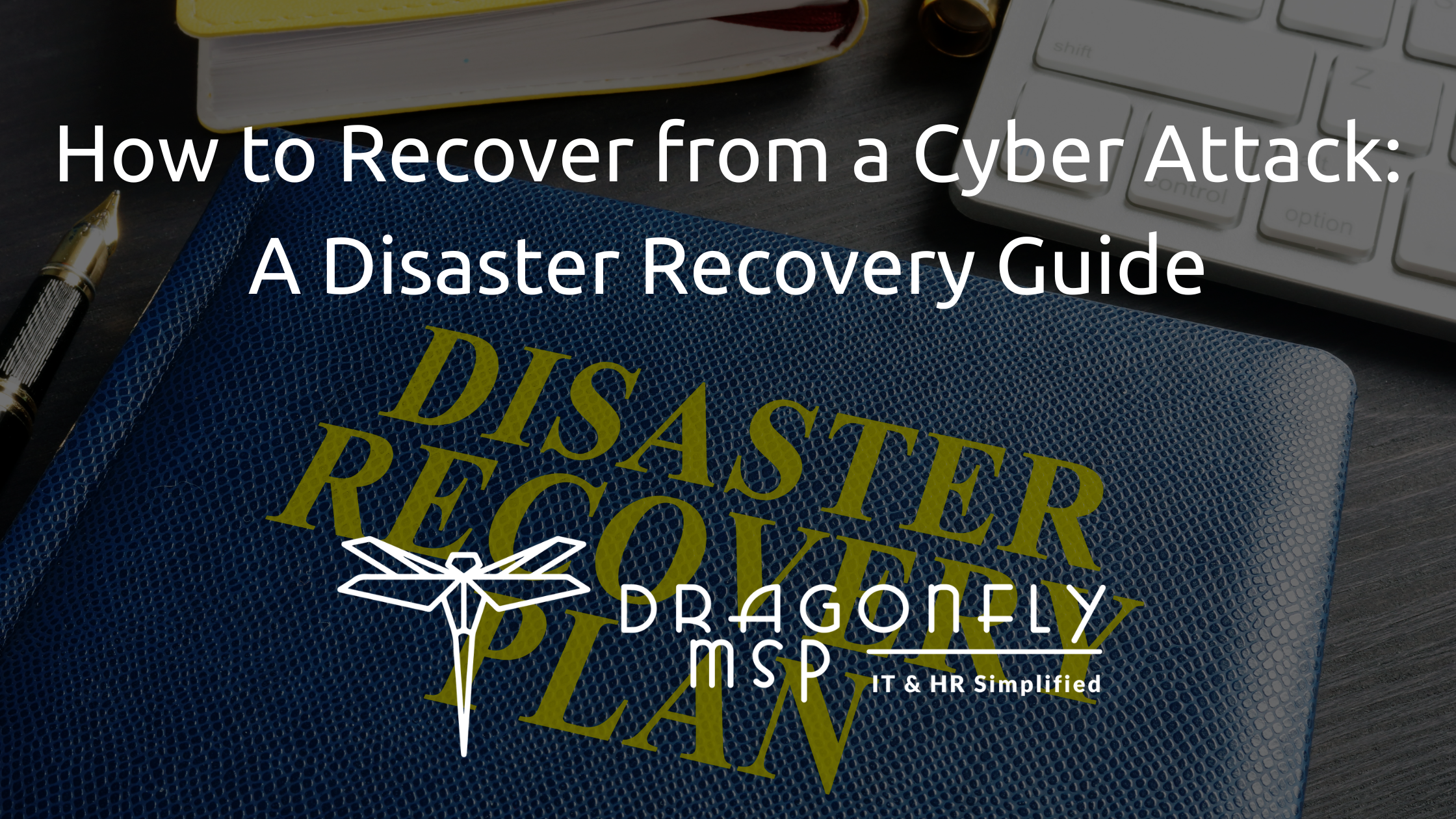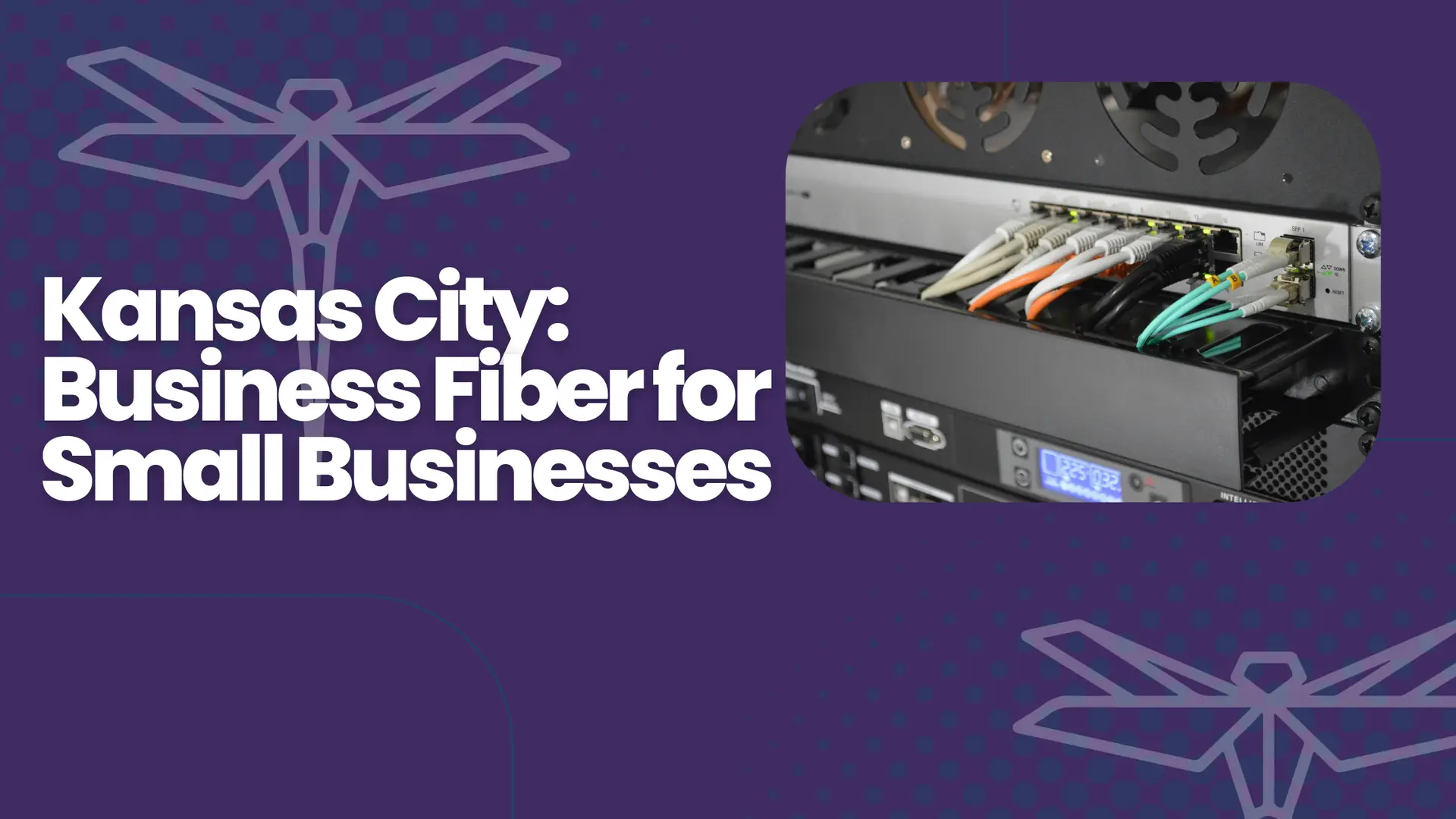In today’s digital age, cyber attacks are as inevitable as a rainy Monday. While we can’t control when or how they happen, we can certainly manage how we respond to them. That’s where “How to Recover from a Cyber Attack: A Disaster Recovery Guide” comes in handy. This guide isn’t just another article it’s your roadmap to navigating the stormy seas of cyber threats and emerging stronger on the other side.
Understanding the Cyber Threat Landscape
Before diving into recovery, it’s crucial to grasp the nature of the beast. Cyber threats come in various shapes and sizes, from phishing scams and malware to full-blown ransomware attacks. They can hit anyone, anywhere, anytime. Understanding these threats helps in crafting a robust response strategy.
Steps to Recover from a Cyber Attack
-
Assess the Damage: The first step in any recovery process is understanding the extent of the damage. What systems were affected? What data was compromised? This assessment will guide all subsequent actions.
-
Contain the Breach: Once you know what’s been hit, it’s time to stop the bleeding. Isolate affected systems to prevent further spread. Disconnect from the network if necessary, and halt suspicious processes.
-
Notify Relevant Parties: Communication is key. Inform your IT team, management, and any affected partners or customers. Transparency builds trust and allows everyone to take precautionary measures.
-
Eradicate the Threat: With the breach contained, focus on root cause analysis. Identify how the cybercriminals gained access and eradicate any lingering threats. This might involve removing malware, patching vulnerabilities, or updating security protocols.
-
Restore Systems and Data: Backups are your best friend here. Restore affected systems and data from trusted backups. Ensure everything is clean and free from malicious code before bringing it back online.
-
Strengthen Security Measures: Post-crisis, it’s time to bolster defenses. Implement stronger security measures, update software, and educate employees on cybersecurity best practices.
-
Review and Revise: Conduct a thorough review of the incident. What went wrong? How can you prevent it in the future? Use these insights to refine your disaster recovery plan.
Crafting a Robust Disaster Recovery Plan
Every business needs a solid disaster recovery plan. Here’s a quick rundown on creating one:
-
Identify Critical Assets: Know what’s crucial to your business operations. This includes data, applications, and systems.
-
Develop Response Protocols: Outline clear steps to take in the event of various cyber scenarios.
-
Regular Backups: Implement a consistent backup schedule. Store backups securely and test them regularly to ensure they’re functional.
-
Assign Roles and Responsibilities: Ensure everyone knows their part in the recovery process. Who’s responsible for what?
-
Continuous Training: Cyber threats evolve, and so should your knowledge. Regularly train employees on the latest cybersecurity practices.
The Role of Cyber Insurance
Incorporating cyber insurance into your disaster recovery strategy can provide a financial safety net. It helps cover the costs associated with a cyber attack, including data recovery, legal fees, and customer notification.
FAQs
Q: How quickly should I respond to a cyber attack?
A: Time is of the essence. Respond as quickly as possible to contain the breach and minimize damage.
Q: Can small businesses afford a disaster recovery plan?
A: Absolutely! Tailor your plan to fit your budget. Even simple measures like regular backups and employee training can make a big difference.
Q: What if our data is held hostage in a ransomware attack?
A: Consult with cybersecurity experts before paying any ransom. Explore all recovery options and report the attack to relevant authorities.
Q: How often should we update our disaster recovery plan?
A: Regularly! Review it at least annually and after any significant change in your business operations or IT infrastructure.
Conclusion
Navigating the aftermath of a cyber attack is no small feat, but with “How to Recover from a Cyber Attack: A Disaster Recovery Guide,” you’ll be well-equipped to steer your company back to calm waters. Remember, preparation is your best defense. By understanding and implementing the steps outlined in this guide, you’re not just recovering. You’re fortifying your business against future threats. Stay vigilant, stay prepared, and let Dragonfly MSP be your partner in cybersecurity excellence.
#dragonflymsp #CyberSecurity #DisasterRecovery #ITSolutions







